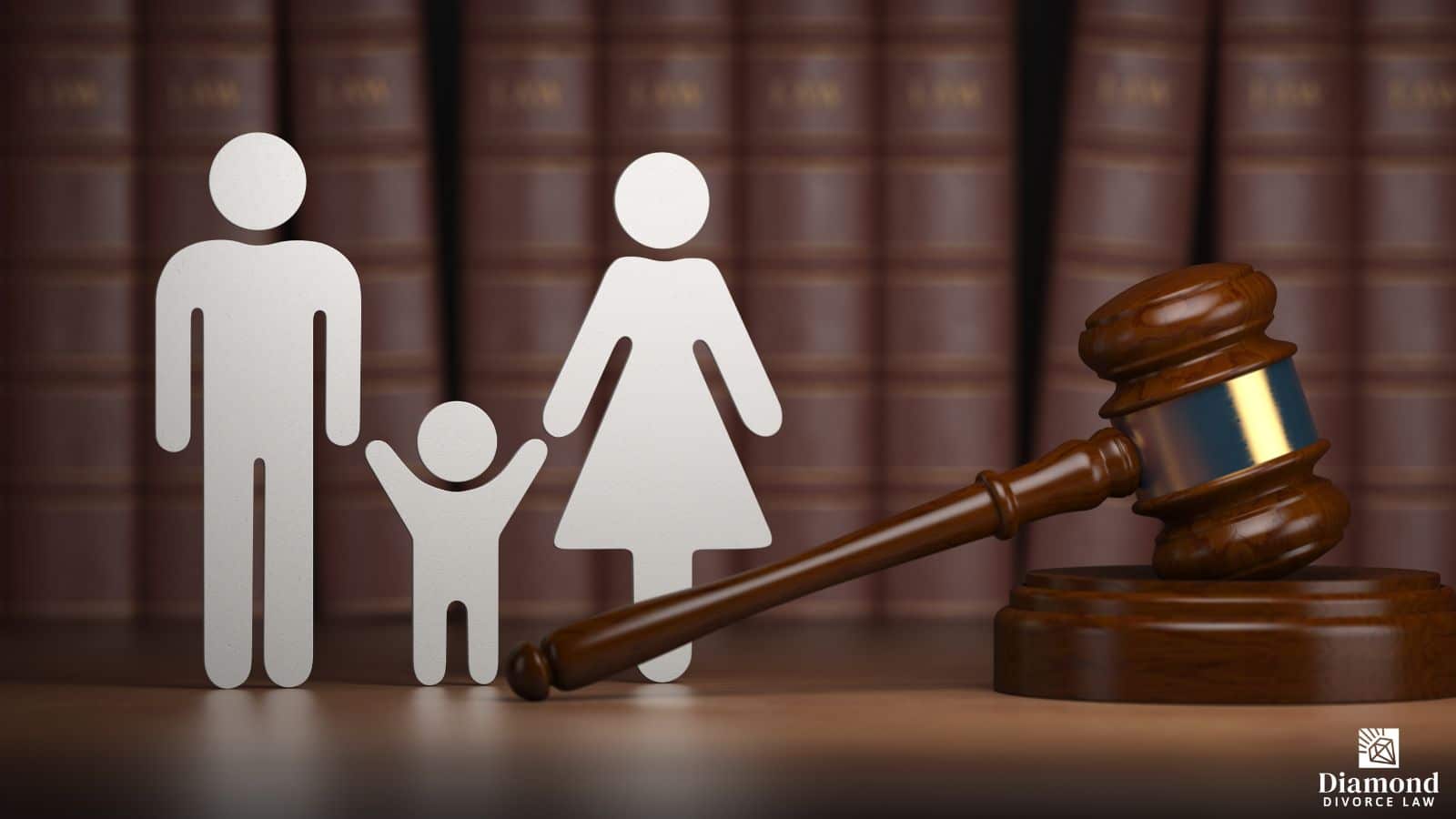How is Alimony (or Spousal Maintenance) Calculated in Illinois?
Alimony, or “maintenance” as it is known in Illinois, can be a complicated subject. Many people wonder if they will either be eligible to receive it or responsible for paying it; others may wonder how long it will last. Everyone’s situation is different, but in Illinois, the court will calculate maintenance (alimony) payments based on a specific formula.
Alimony is not intended to be a way to “get back” at your spouse, but to provide financial assistance for the spouse who needs it during the divorce process and for a period following its finalization.
If you are seeking an uncontested divorce and agree on maintenance payments for a specific time, they can be written into your final settlement agreement. If you and your spouse cannot come to an agreement, the lesser-earning spouse can request it as part of the divorce proceedings; the judge will then review and decide whether maintenance is to be granted, the amount, and for how long.
Calculating Alimony in Illinois
If a party is eligible for spousal support, the vast majority of the time it will be calculated according to what is called “guideline maintenance.” A full breakdown of this equation can be found here, but we have provided a summary below.
If the gross annual income of both parties is below $500,000 and the payor doesn’t have child support or maintenance obligations from another relationship, the court will use the following equation:
33.3% of the payor’s net annual income
–
25% of the receiving spouse’s net annual income
However, the total amount of maintenance can’t be more than 40% of both parties’ net annual income.
While this might seem a little confusing, it is meant to provide equitable support for the lesser earning spouse while not overburdening the higher earning spouse.
How Long Will Alimony Payments Last?
If the judge orders guideline maintenance (which is the case most of the time), the length of maintenance will be determined by how long the couple was married. Again, there are specific formulas for this calculation.
If the marriage lasted 5 years or less, the judge will multiply the number of years you were married by .20. The resulting number will equal the length of maintenance payments, which are usually paid monthly.
If the marriage lasted 5 to 6 years, this number will be multiplied by .24; if it lasted 6 to 7 years, this number will be multiplied by .28, and so on.
If the marriage lasted 20 years or more, the judge can order maintenance payments to go on for the full length of the marriage or indefinitely.
Can Alimony Payments Be Terminated or Modified?
In general, maintenance payments will automatically be terminated upon:
- The death of one of the parties
- The party receiving maintenance remarries
- The party receiving maintenance lives romantically with another party (cohabitation)
If there is a written settlement agreement between the two parties, that will take precedence.
However, maintenance payments can always be reviewed – and unless the parties put it in writing that they do not wish to modify, modification may be possible.
Some of the situations that may warrant modification include:
- Changes in employment of either party
- An increase or decrease in income of either party since the last review or modification
- The efforts of the receiving party to become self-supporting
- Any other factor the court finds to be just and equitable
For details related to your specific case, please talk with your attorney. If you need to schedule a consultation, please click below – our team is ready to help.
Is Alimony Available During the Divorce Proceedings?
At times, the lesser-earning spouse may need immediate financial support while they make preparations to support themselves, especially if they have been a stay-at-home parent or worked part time, perhaps to take care of the children.
In these cases, the court may order temporary maintenance, which extends while the case is proceeding. Occasionally, the amount paid will be credited toward any maintenance granted in the final settlement.
Temporary maintenance might also be awarded alongsidethe following:
- Temporary custody (parental responsibilities, including significant decision-making authority)
- Temporary possession of the home
- Temporary child support
Any such awards will be considered and granted on a case by case basis, as each situation is different. If you have any questions about this process or your eligibility, please consult your attorney.
What is Non-Guideline Maintenance?
In rare cases, a judge may deviate from the guideline maintenance explained above; if this happens, the judge must explain in writing what would have been awarded under the guidelines as well as the reasons for deviating from the guidelines.
In every case, an Illinois judge must give their findings regarding maintenance awards in writing, including references to each of the factors considered as well as whether it is indefinite, reviewable, or fixed-term.
Whether you may be eligible for maintenance or are wondering if you may need to pay it, you will want an experienced legal team by your side to advise you throughout the process and protect your family, your assets, and your rights.
At Diamond Divorce Law, our clients are our main priority. We understand how challenging it is to go through a divorce, and we value being able to provide the guidance and support our clients need. If you’re ready to talk with an experienced lawyer and create a path forward, click below to schedule your consultation today.
DISCLAIMER: Any information contained herein is solely for informational purposes and is only applicable in the state of Illinois. While it is important that you educate yourself, nothing herein should be construed as legal advice or create an attorney-client relationship. For specific questions, we urge you to contact a local attorney for advice pertaining to your specific legal needs.
More Posts We Think You’ll Like

5 Common Mistakes in DIY Divorces and How to Avoid Them
The percentages are different in various states, but estimates show that approximately 35-45% of all divorces filed today are filed pro se, or on your own. (Pro se is a Latin term meaning “for one’s self” or “on one’s own”.) This trend is on the rise – in some counties, a majority of divorce cases has at least one party who chooses to represent themselves.
This trend is understandable, especially during a downturn in the economy. Before making this choice, however, you should be aware of the pros and cons of filing on your own as well as common mistakes that can cost you a lot of time and money and how to avoid them.

Uncontested Divorce: Do You Really Need a Lawyer?
Our team talks with people every day who are either considering filing for divorce or going through one. Many people…

DIY Divorce in Illinois: The Pros and Cons of Filing Pro Se
More and more people today are choosing to take advantage of “DIY” or pro se divorce in Illinois; while this…

